|
|
Saltburn beach looking towards Marske, a large number of portable bathing tents are much in evidence. The beach from Saltburn to Marske was very popular in this 1920s for motor racing competitions along this stretch of sands. They continued to attract large crowds into the 1930s.
Postcard courtesy of Maurice Grayson.
The original entrance to the priory at Guisborough. Founded in about 1120 by Robert De Brus for Augustinian Canons. The original priory burned down in 1289 and this gatehouse was the only survivor of the fire.
Postcard courtesy of Maurice Grayson.
The sea wall and in the background is Sandsend Ness. The building in this postcard is part of the old alum works it was cleared away to provide a car park.
A Judges postcard courtesy Maurice Grayson.
On the sands at Saltburn in the years before the Great War. A large audience are watching a performance by Pierrots. At this time the usual performers were Grapho and Jacksons ”Mascots” or the ”Jovial Jollies” Steve Fawkes comments: “I have a postcard/photograph of the Grapho and Jackson Mascots – undated but around this time.”
Postcard courtesy Maurice Grayson, thanks to Steve Fawkes for the update.
This J. Salmon postcard view of the High Street and Arlington Street, Loftus; is unused and so possibly dates form the early part of the 20th century. We would welcome defining detail.
Image courtesy of Jean Hall.
A postcard image of Hummersea beach with the remains of the alum house and chimney still dominating the beach. The postcard is postmarked 30th August 1906 and the beach looks to be well used by visitors, enjoying the sunny day.
Image courtesy of Jean Hall.
A further view of the wave damage to the Cod and Lobster corner, be a bit draughty that night in the bar!
Image courtesy of Maurice Grayson
Mill Bank Loftus, above the trees on the left can be seen the tower for the aerial bucket’s system tipping shale from the mine. Whilst to the left in the foreground the end of Whitecliffe Cottages are also visible.
Image courtesy of Maurice Grayson.
St Leonard’s is the parish church for Loftus. The original ancient edifice dating back to Saxon times was demolished in 1810, described by Rev. Graves “as a dark, mean and humble building.” The new church designed by Ignatius Bonomi, a well known Durham architect who also planned the original Rectory, (this now called Linden House) above Dam end; the hall of Lord Dundas in the Hall Grounds is also much in his style. The church was again enlarged around 1900, with the addition of a north aisle. The fine carved rood screen and rood cross, divide the nave from the chancel. This view of the interior of St. Leonard’s Church in Loftus is from a postcard published by George Skilbeck, a Loftus photographer and stationer.
Image courtesy of Eileen Found and Maurice Grayson; detail courtesy of Nicholas Pevsner “Yorkshire- the North Riding”.
The Hall, Marske; built in 1625 for Sir William Pennyman, it became a Leonard Cheshire Home for disabled people; named from the R.A.F Victoria Cross winner Group Captain Cheshire. This postcard view bears the heading on teh reverse ’Greetings from Marske-by-the-sea’. Nigel Anderson remembers: “I was a student at this building when it was a school. I was there from 1950 to 1953. At that time the building was not in the best state of repair and always freezing! Punishment was to sit in the winter, with short trousers on the stone flag floor in the Hall. At the end of that you had to be helped up as you were frozen to the floor! There was a vegetable garden to the side where children were encouraged to help out. Very large draughty dormitories. Only pleasure was the organised horse riding along the magnificent sands at Marske.”
Image courtesy of Kim Whaley, thanks to Nigel Anderson for the update.
|
|
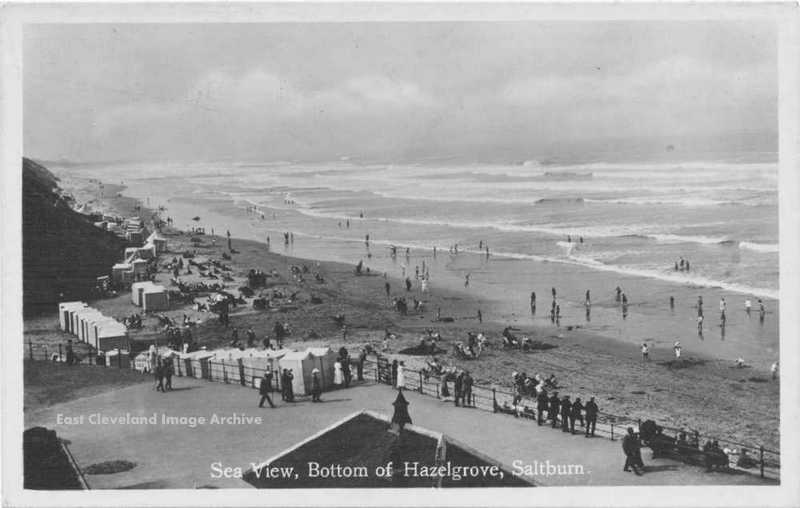
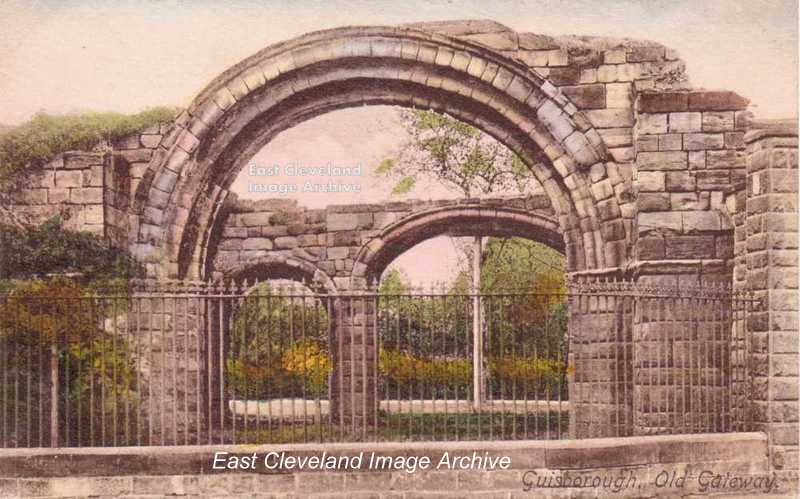
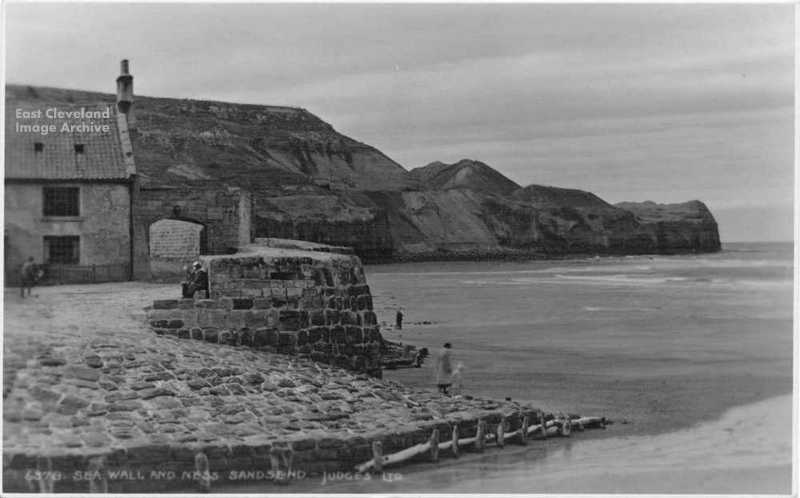
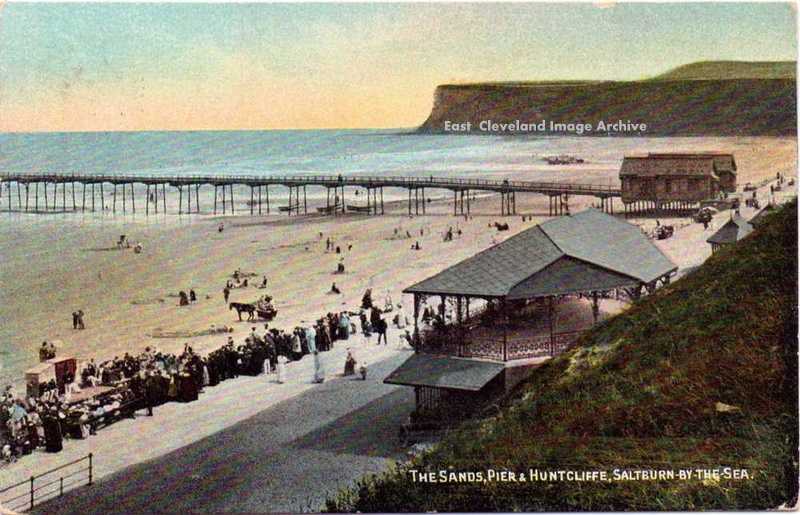
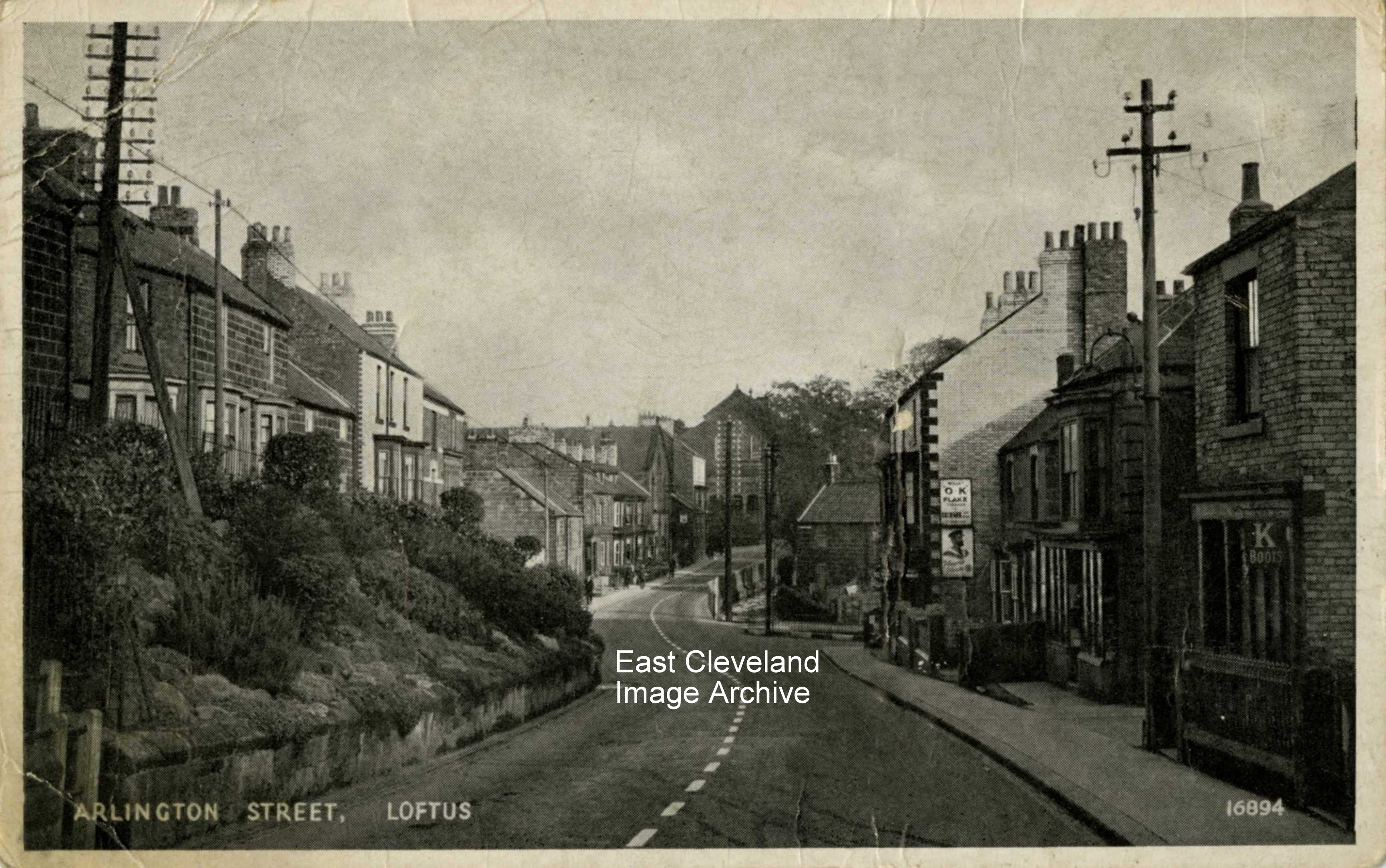
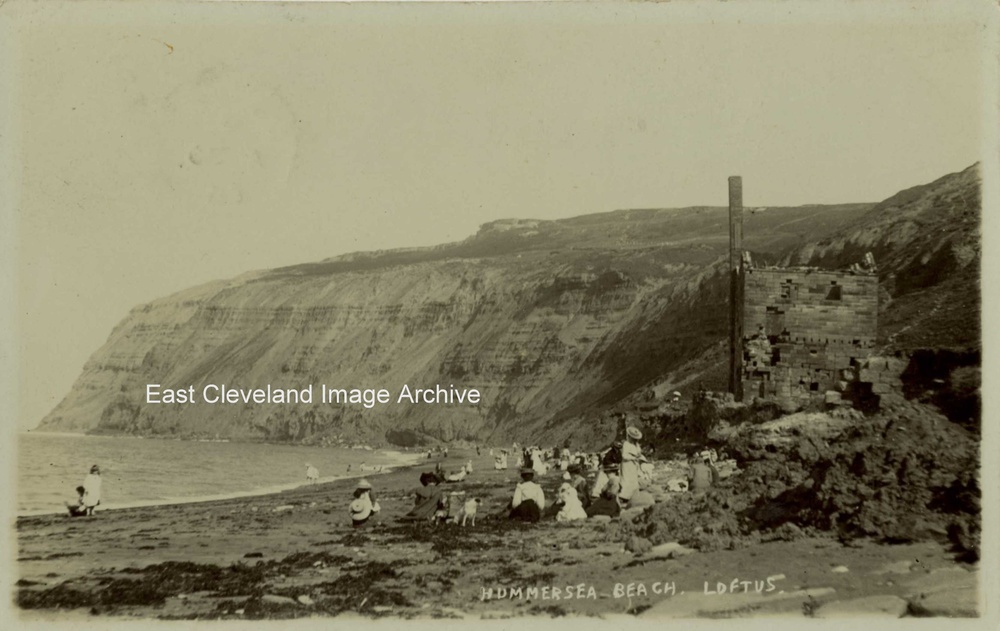
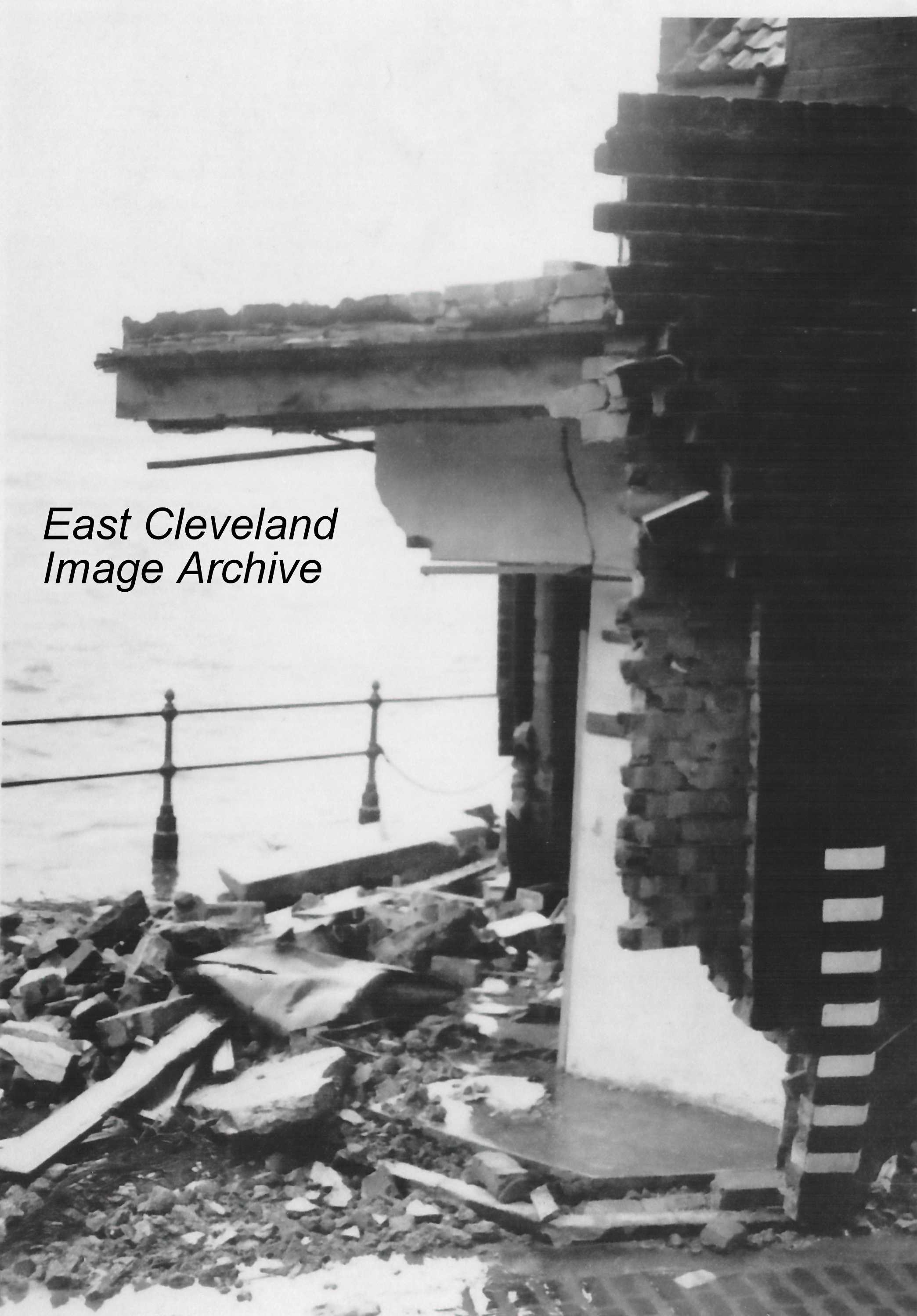
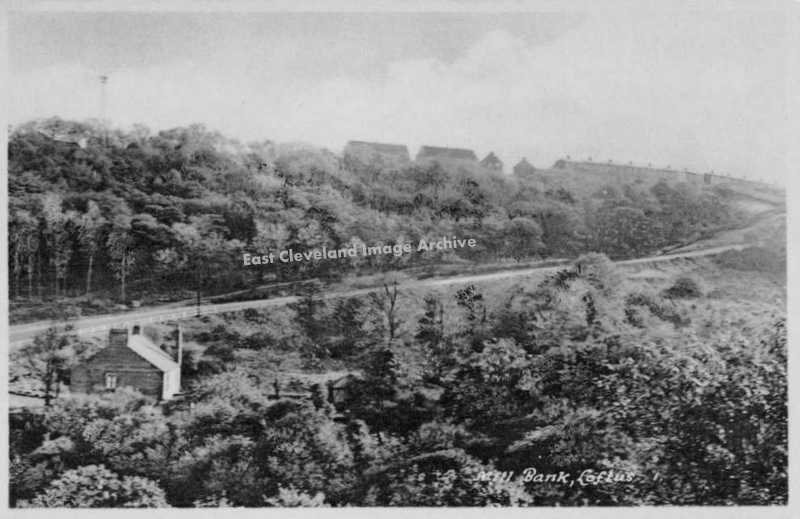
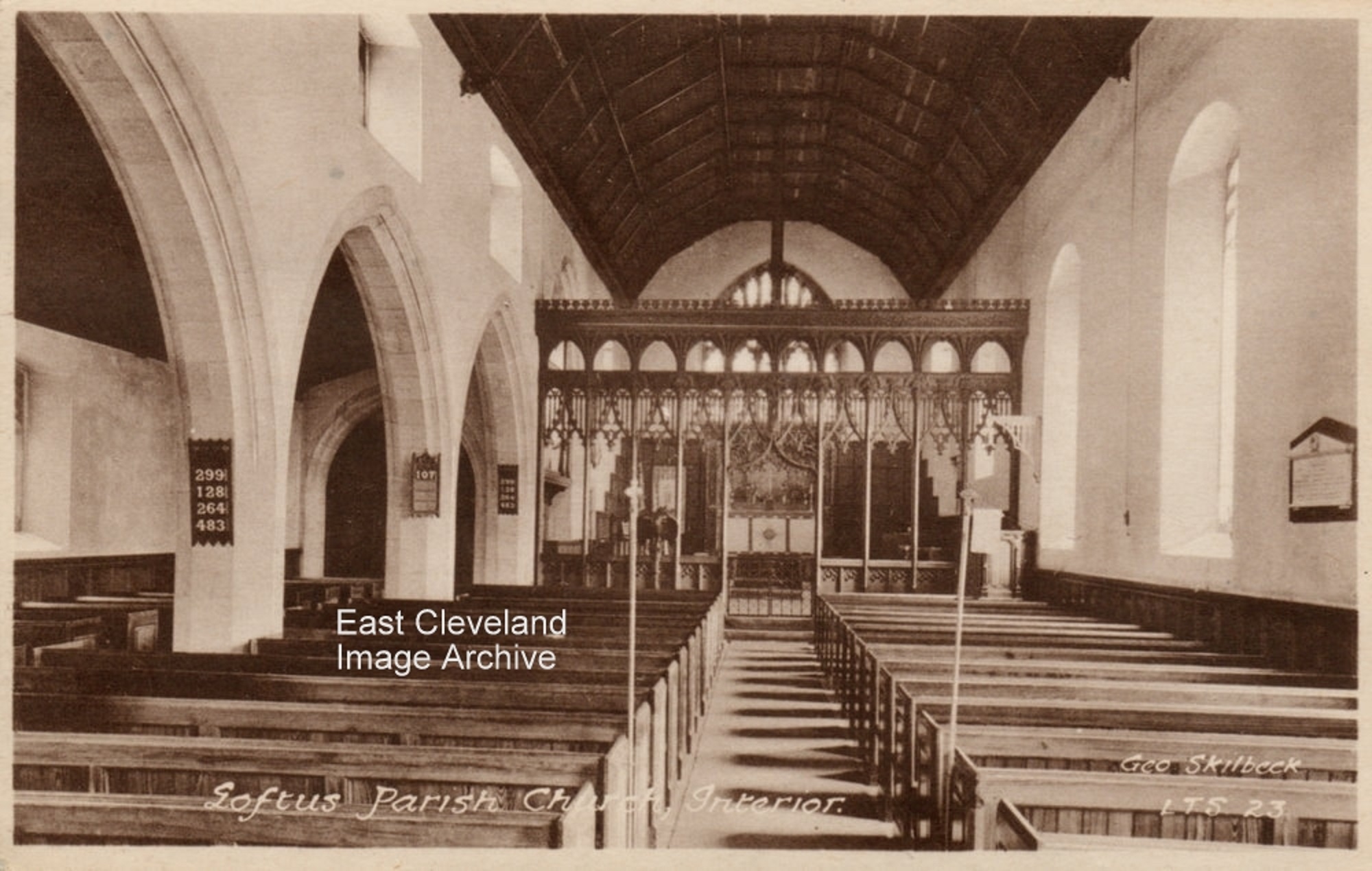
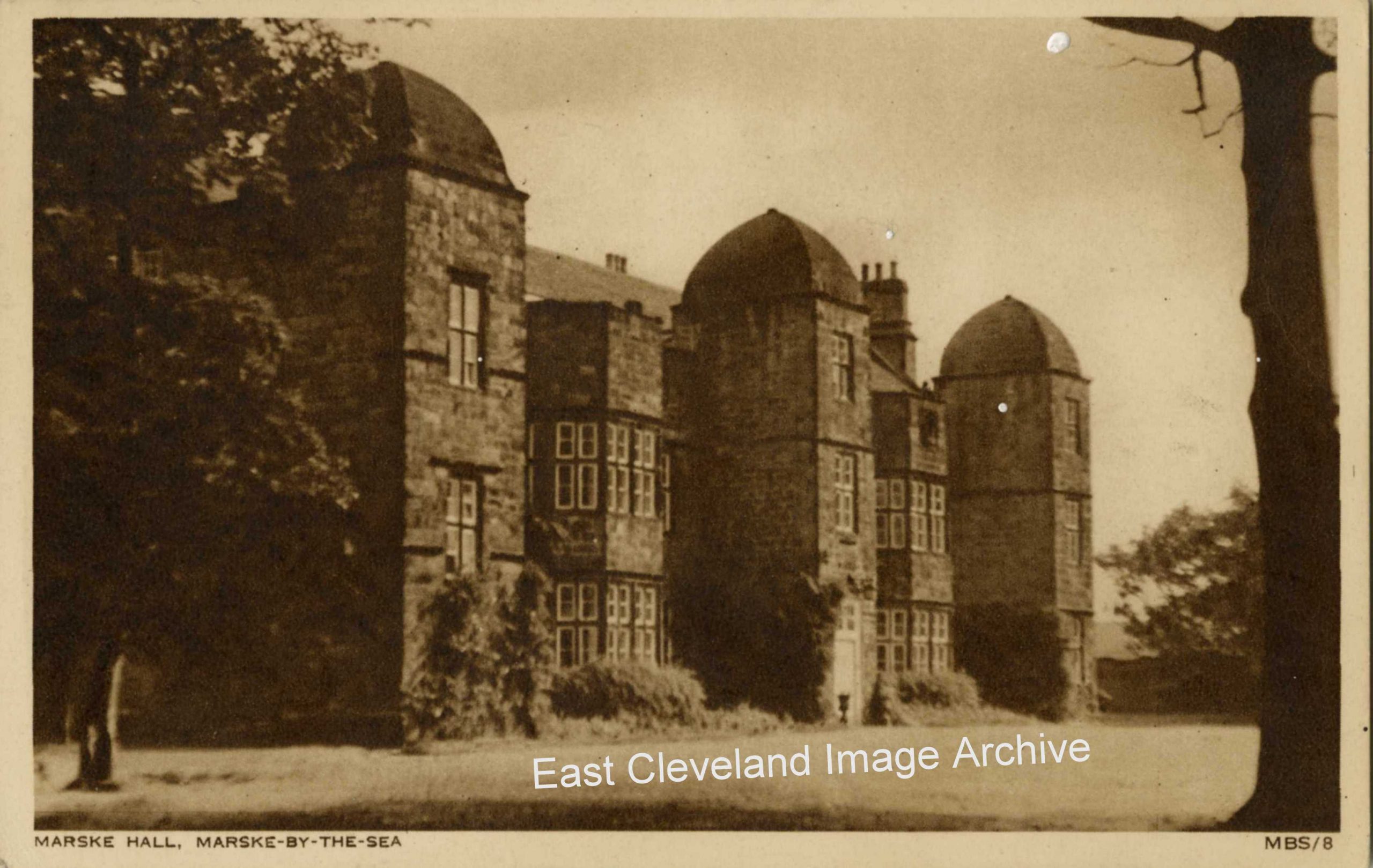
Recent Comments